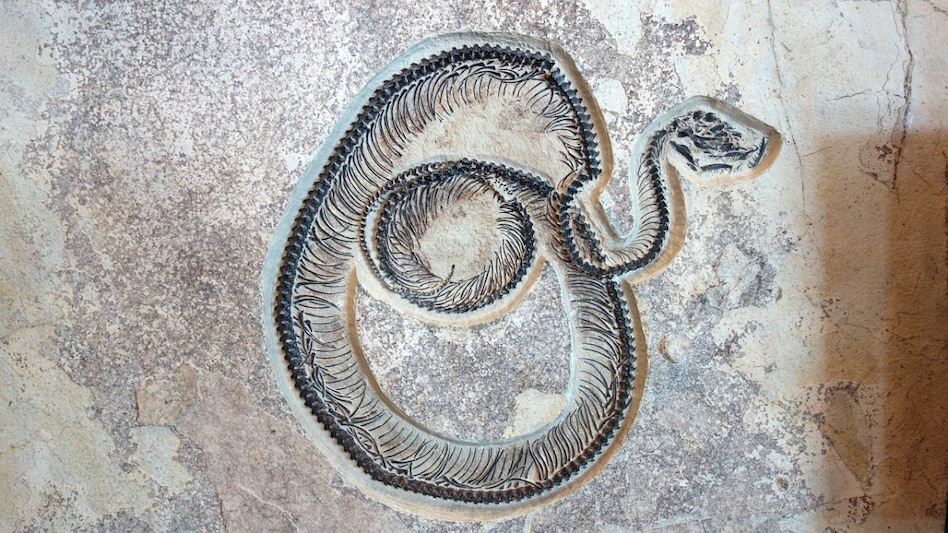

Researchers at the Indian Institute of Technology (IIT) Roorkee have made a remarkable discovery, unveiling fossils of what is believed to be one of the largest snakes to have ever existed. Named Vasuki Indicus, this colossal reptile is estimated to have roamed the earth some 47 million years ago, during the Middle Eocene era.
The findings, published in the esteemed peer-reviewed journal Nature Scientific Reports, shed light on a unique lineage of snakes from India, belonging to the now-extinct Madtsoiidae snake family. Professor Sunil Bajpai and post-doctoral researcher Debajit Datta led the discovery, stumbling upon 27 pieces of a "partial, well-preserved" vertebral column of Vasuki Indicus in the Panandhro Lignite Mine located in Kutch, Gujarat.
Described as potentially measuring between 10 to 15 meters in length, comparable to the size of a modern-day school bus, Vasuki Indicus possessed a broad and cylindrical body, indicative of a robust and powerful build. Much like contemporary pythons and anacondas, this ancient serpent is believed to have dispatched its prey through suffocation.
The significance of this discovery extends beyond the mere existence of a colossal snake. It offers insights into the evolutionary trajectory of madtsoiidae species in varying climates, particularly during the high temperatures of the tropical climate prevalent at that time. Moreover, Vasuki Indicus' existence is a testament to the vastly different geographical landscape of the ancient earth, where India, Africa, and South America were interconnected.
In a statement, Dr. Bajpai emphasized the importance of preserving natural history and the role of research in unraveling the mysteries of our past. The discovery of Vasuki Indicus not only enriches our understanding of ancient ecosystems in India but also contributes significantly to the evolutionary history of snakes on the Indian subcontinent.
Copyright©2024 Living Media India Limited. For reprint rights: Syndications Today